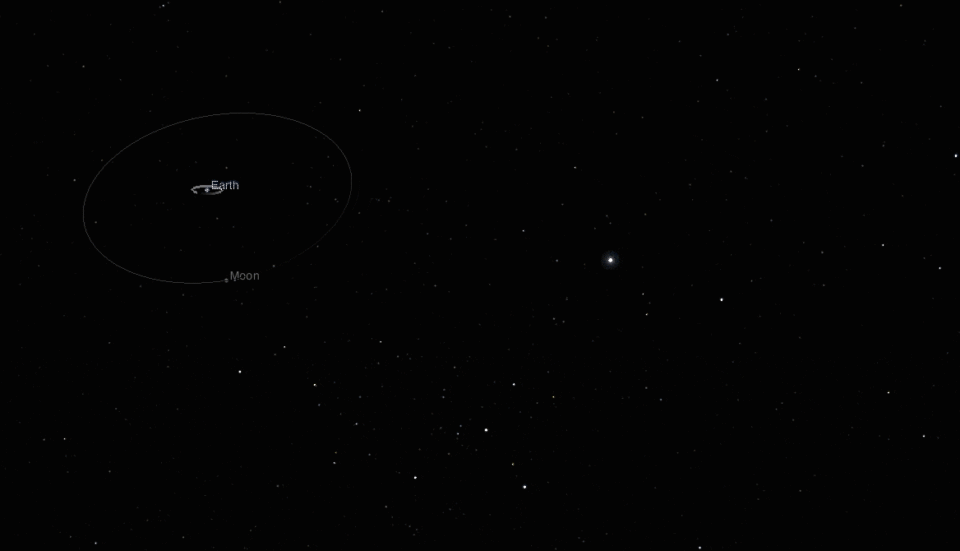On 2/2, “Moon” 2020 SO will make the last flight around Earth orbit.
According to NASA, Earth’s “second moon” will have the last orbit around Earth before drifting into space forever.
Moon 2, also known to astronomers as 2020 SW, is a small object that falls between the orbits of the Earth and the Moon.
This object appeared in September 2020 and was classified by scientists on the list of minimoon. However, nothing that revolves around the Earth also forms in the universe.
In December 2020, NASA scientists declared that 2020 SO is not a space rock at all. In essence, this object is the remnant of a rocket engine launched into space from the 1960s. This missile is one of the devices involved in the American Surveyor’s mission to explore the moon.
According to EarthSky.org, 2020 SO flew close to Earth on December 1, the day before NASA identified the remains of a rocket. Before leaving Earth orbit and disappearing, 2020 SO will make a final flight on February 2.
The SO 2020 minimoon is expected to fly around Earth at the closest distance of about 220,000 km, or 58% of the length from Earth to the Moon. This object will immediately drift and leave our planet’s orbit on February 3.
To commemorate the event, the Virtual Telescope Project in Rome, Italy will host an online farewell session with 2020 SO.
NASA announced that this object appeared and circled the Earth for decades. 2020 SO even flew close to Earth in 1966, the year the U.S. Aerospace Agency launched the Surveyor 2 lunar probe and Centaur rocket propulsion into space.
This is inherently a detail that helps scientists get clues that 2020 So is a human creation. NASA also confirmed that after comparing the chemical structure of the object with the chemical composition of another boosters operating since 1971.


